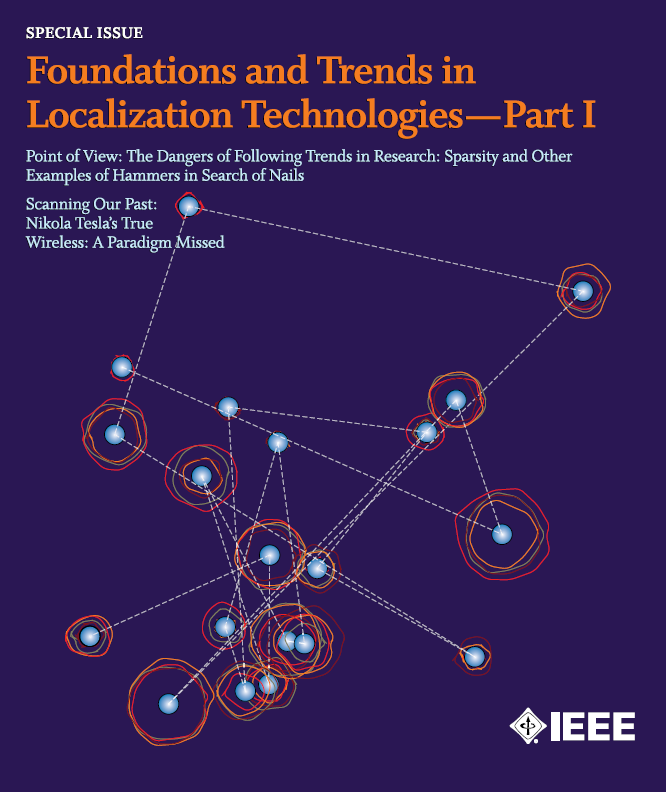Foundations and Trends in Localization Technologies - Part I

The advent of new wireless technologies in recent years has created a tremendous increase in the demand for wireless connectivity. The estimated number of mobile device connections exceeds eight billion globally, more than the population of the world, and the growth trend is rapidly increasing as the developing world penetration rate is still in its infancy. With the Internet-of-Things (IoT), it is expected that the total number of connections will reach over fifty billion in the next few years. In conjunction with wireless connectivity technology, the need for location awareness is paramount.
Real-time location awareness is ancillary to fifth generation (5G), Wi-Fi, and IoT networks, fostering a wide range of emerging applications such as smart cities, crowd sensing, environmental monitoring, big data analysis, and autonomous driving. The coming years will see the emergence of location awareness with submeter accuracy using minimal infrastructure even in challenging environments. The diverse set of applications involving connected devices hinge on mobility, and therefore localization of these devices is of fundamental importance. While outdoor positioning systems such as global navigation satellite systems (GNSS) have seen tremendous success, they do not offer adequate localization accuracy for certain scenarios. Particularly difficult scenarios include indoors, urban canyons, and other GNSS challenged environments.
Network localization and navigation (NLN), a new paradigm for location awareness, enables a variety of new applications that rely on position information of mobile objects. Some IoT applications will require real-time localization with submeter accuracy in GNSS-challenged environments. Increased precision capability will lead to new applications requiring high-accuracy location awareness. For example, asset tracking may need to resolve objects placed centimeters apart in a manufacturing environment, while flying drones may need to navigate and avoid collisions in dense airspace.
In difficult propagation environments with uncontrolled infrastructures, the problem of pervasive indoor localization still remains largely unsolved. Furthermore, emerging outdoor applications will rely on more stringent localization accuracy and capability than those provided by GNSS. These challenges have stimulated research activities in the field.
The special issue published in Proceedings of the IEEE in June, 2018, Foundations and Trends in Localization Technologies consists of two parts. It covers the foundations and trends of localization and navigation technologies with contributions from both academia and industry worldwide. The first part published in June, 2018, consists of four papers: “Sensor Radar for Object Tracking;” “Acoustic Local Positioning with Encoded Emission Beacons,” “Localization via Visible Light Systems,” “Collaborative Sensor Network Localization: Algorithms and Practical Issues.”

